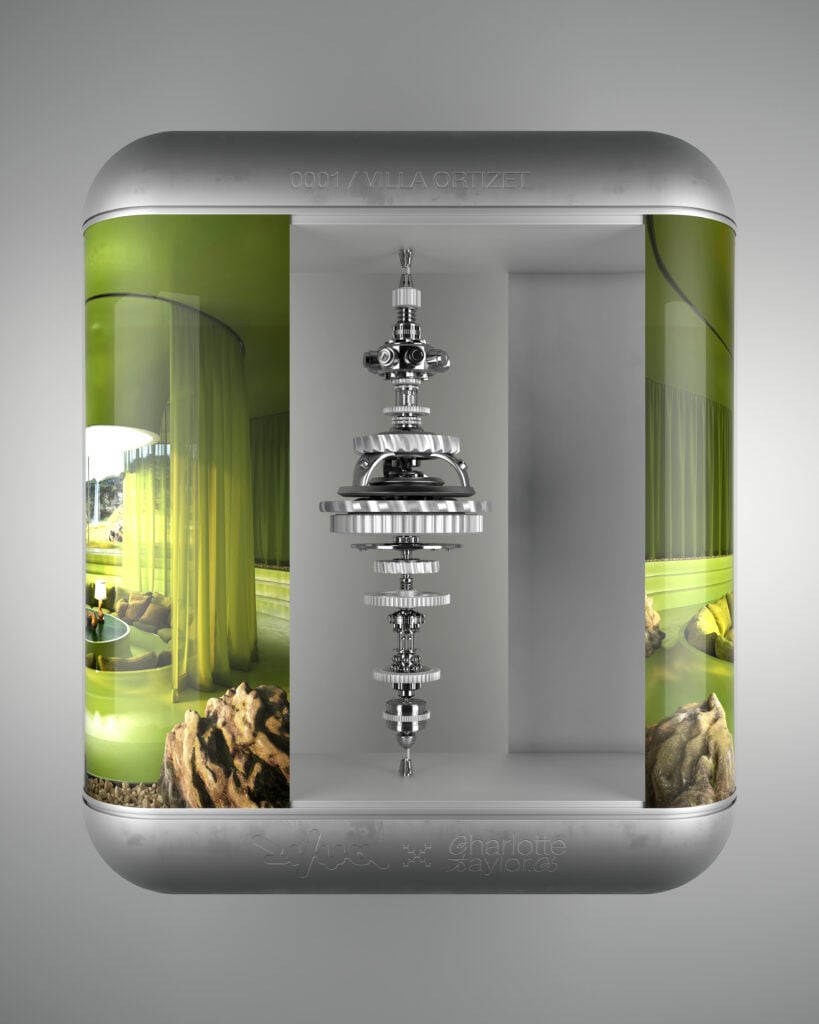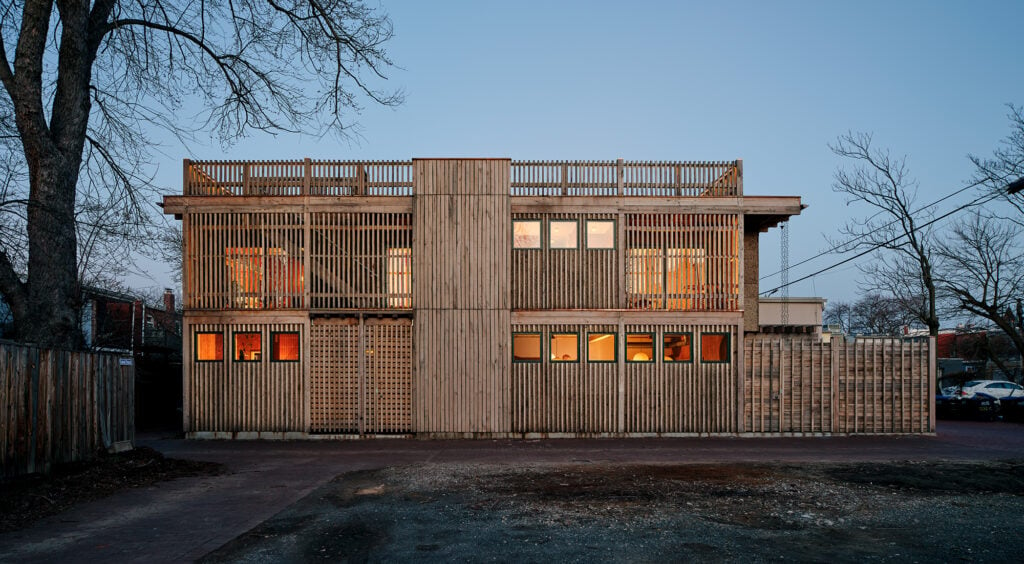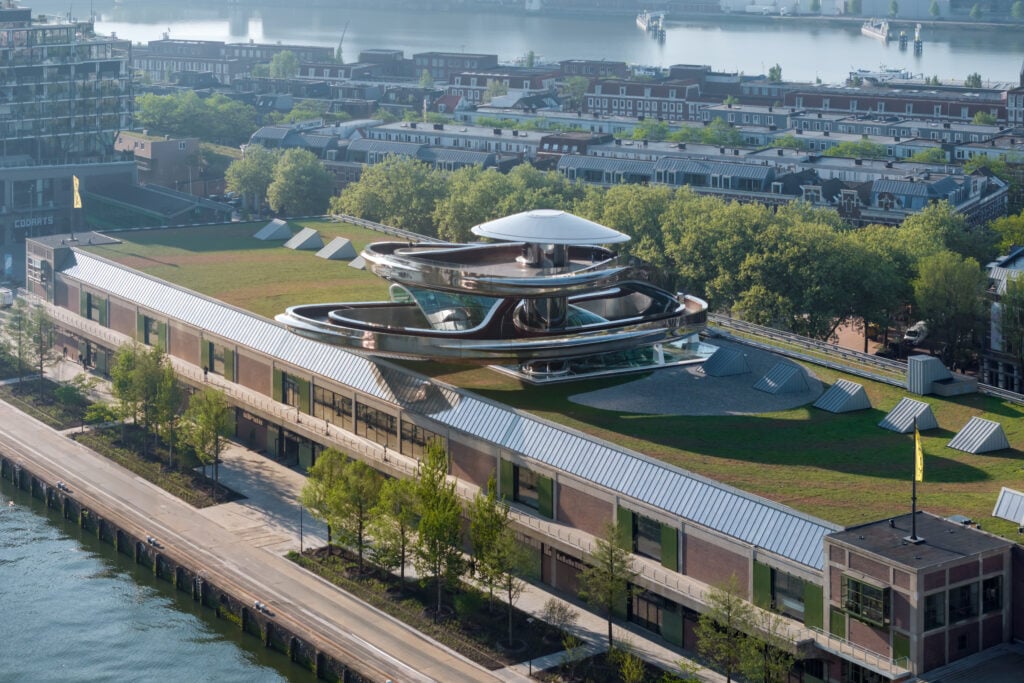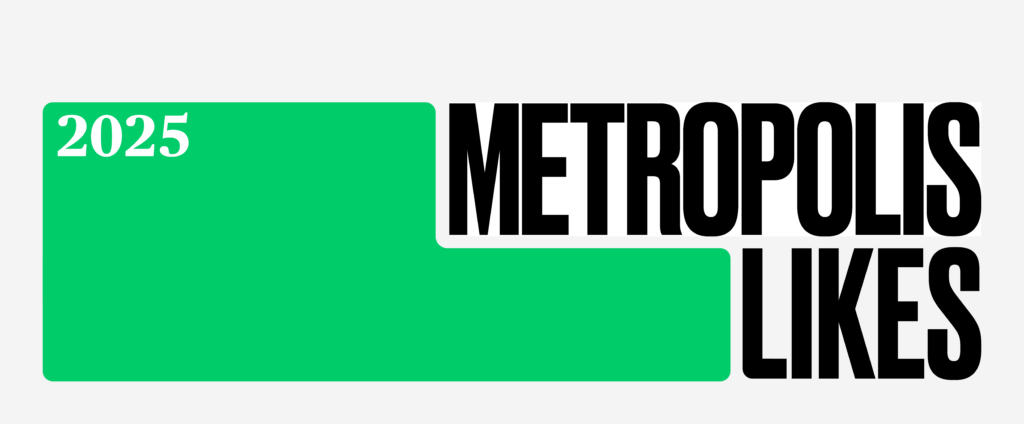
January 10, 2022
The Founder of Zyva Studio Talks Trans-Design and the Metaverse
I’ve had the feeling we are witnessing the splintering of architecture—in a good way.
Anthony Authié, Zyva Studio founder
With the rise of the metaverse, how is your work evolving in terms of the objects and spaces you’re designing?
For the past few years, I’ve had the feeling that we are witnessing a splintering of architecture—in a good way. There is not really a predefined style anymore. Everything is mixed and blended—Modernist, Brutalist, Rococo, Futurist, organic, grunge, cyberpunk, minimalist, maximalist, small scale, large scale. Our time offers a stage to all those who wish to express themselves and this movement is accentuating the emergence of the metaverse. A virtual space in which everything is possible will inevitably generate a series of innovations in how we live, represent, and inhabit the city. But like the Uncanny Valley theory of Japanese roboticist Mori Masahiro, it will be necessary to cross this “zone grise” in which progress, made towards human imitation, will initially lead to more rejection, but beyond a certain threshold of realism, greater acceptance.

Can you expand on your concept of “trans-design” and the relationship between the body and architecture?
During my [studies], I was strongly influenced by the composite aesthetics of mythological and trans-humanist creatures such as the minotaur or cyborg. In both my design and architectural practice, I always try to question the inevitable relationship between a body and its environment. In my 2019 essay “Muscle”, I addressed for the first time the notion of trans-design by analyzing the similarities between bodybuilders and architecture. Build means to erect, to create something. Bodybuilding is essentially about building muscles and strengthening the body. By practicing alterophilia, these athletes are building a new body for themselves like armor and this envelope acts as a shelter. In other words, it is a membrane in which one lives. And like architecture, it acts as an interface between the body and the environment.
We often find these bodies in my work. Sometimes in a very literal way, when they become an integral part of the furniture, replacing the base or the seat. Although the concept of the body in architecture is not new (think Caryatids used as pilasters on Ionic buildings), what seems interesting to me in virtual space is that these bodies can contort themselves endlessly, be endowed with supernatural strength, be composed of various robotic or mechanical elements—the skin can become soft like cotton or break like glass. Thus, depending on its use, the body in virtual space can allow us to change the perception we have of it.

What has your experience been like with NFTs?
With Architoys, we worked with Charlotte Taylor to allow people to collect unique architectural concepts. Materialized in a capsule the size of AirPods, the idea was to create a small object that can be exchanged almost like Pokémon cards. But also to create a real container in which we could find all the documents related to a project (plans, 3D files, description of the work, etc.). This will allow collectors to really build their architectural project or even to integrate it on land purchased in a Metaverse. Beyond their direct functions, the Architoys aim to protect the virtual projects of architects and 3D artists by freezing them in an era and market. The capsules form a “time capsule” by keeping the documents of the architectural project protected.
The concept seeks to raise the question of the ownership of images on the internet. Once posted on social networks, the images travel infinitely and seem to escape their creators. Contrary to realized projects whose authorship can be controlled more easily. Architoys feature a certificate of authenticity like an NFT.
I am also creating a series of cutlery based on the main principles of trans-design. They are hybrids—half man/half spoon, half woman/half knife. I am playing with scale and references to mythology and the 1990s. It reminds us of the myth of Sisyphus or the gift spoons hidden in the cereal boxes. These will be cast in bronze.

How are you thinking about the relationship between fiction and architecture in your work?
In The Disobedience of the Architect, Renzo Piano says that “Architecture is not only the art of making buildings, it is also the art of telling stories.” I take this literally and use writing as another tool to make architecture, especially the novel. Whether it’s my drawings, my texts, or my architecture, I consider myself a storyteller.
Unfortunately, today the rules and regulations are so restrictive that the architect is often reduced to a “facade” designer. We are surrounded by so many rules that we have to provide a cost-effective and pragmatic response and can hardly fully explore the creative dimension of this profession. The novel form is a way to explore a type of architecture that’s free of any injunction.
The virtual also allows us this kind of approach. By playing with scale, color, gravity, we can create dreamlike worlds that suggest a metaphysical rather than a pragmatic experience. My latest interior design for a retail space, Snow Bunny, attempts to illustrate this by drawing its inspiration from Lewis Carroll’s Alice in Wonderland. Populated with chimerical 3D printed figures, the space is an ode to the Surrealist imagination where pop culture and monsters happily cohabitate.
Would you like to comment on this article? Send your thoughts to: [email protected]
Latest
Profiles
BLDUS Brings a ‘Farm-to-Shelter’ Approach to American Design
The Washington D.C.–based firm BLDUS is imagining a new American vernacular through natural materials and thoughtful placemaking.
Projects
MAD Architects’ FENIX is the World’s First Art Museum Dedicated to Migration
Located in Rotterdam, FENIX is also the Beijing-based firm’s first European museum project.
Products
Discover the Winners of the METROPOLISLikes 2025 Awards
This year’s product releases at NeoCon and Design Days signal a transformation in interior design.





